Rising Demand for Electric Vehicles
The increasing adoption of electric vehicles (EVs) in the US is a primary driver for the battery additives market. As consumers and manufacturers prioritize sustainability, the demand for high-performance batteries has surged. In 2025, the EV market is projected to grow by over 30%, necessitating advanced battery technologies. Battery additives enhance energy density, improve cycle life, and reduce charging times, making them essential for meeting the performance expectations of EVs. This trend indicates a robust growth trajectory for the battery additives market, as manufacturers seek to optimize battery formulations to cater to the evolving needs of the automotive sector.
Increased Focus on Energy Efficiency
The growing emphasis on energy efficiency across various sectors is a notable driver for the battery additives market. Industries are increasingly adopting energy-efficient technologies to reduce operational costs and minimize environmental impact. Battery additives contribute to this goal by enhancing the performance and lifespan of batteries, thereby reducing energy consumption. In 2025, energy efficiency initiatives are projected to save the US economy approximately $500 billion, further underscoring the importance of battery additives in achieving these objectives. This trend suggests a sustained demand for battery additives as industries strive for greater efficiency.
Expansion of Consumer Electronics Market
The consumer electronics market in the US is experiencing rapid growth, which is positively impacting the battery additives market. With the proliferation of portable devices, such as smartphones, tablets, and wearables, the demand for high-performance batteries is escalating. In 2025, the consumer electronics sector is expected to reach $400 billion, driving the need for advanced battery technologies. Battery additives play a crucial role in enhancing the performance and safety of batteries used in these devices. As manufacturers seek to meet consumer expectations for longer battery life and faster charging, the battery additives market is likely to witness significant growth.
Growth in Renewable Energy Storage Solutions
The transition towards renewable energy sources, such as solar and wind, is driving the need for efficient energy storage solutions in the US. The battery additives market is poised to benefit from this shift, as energy storage systems require advanced battery technologies to ensure reliability and efficiency. In 2025, the energy storage market is expected to reach $10 billion, with a significant portion attributed to battery additives that enhance performance and longevity. These additives play a crucial role in improving the overall efficiency of batteries used in renewable energy applications, thereby supporting the growth of the battery additives market.
Technological Innovations in Battery Chemistry
Innovations in battery chemistry are significantly influencing the battery additives market. Research and development efforts are focused on creating new materials that enhance battery performance, safety, and longevity. For instance, the introduction of silicon-based anodes and advanced electrolyte formulations is expected to revolutionize battery technology. The battery additives market is likely to see increased demand as manufacturers incorporate these innovations to improve energy density and reduce costs. As the industry evolves, the integration of cutting-edge technologies will be pivotal in shaping the future landscape of the battery additives market.


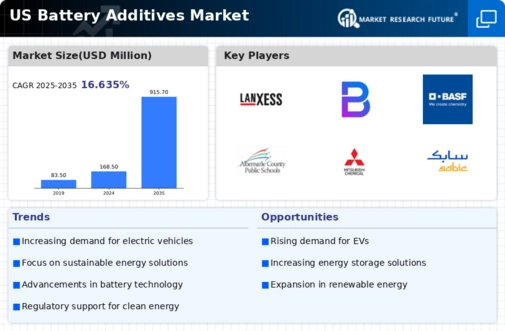

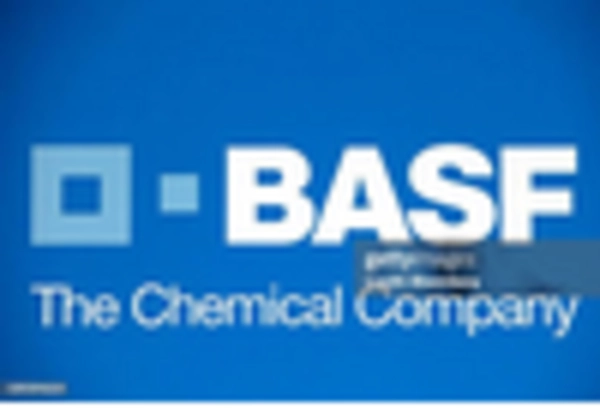
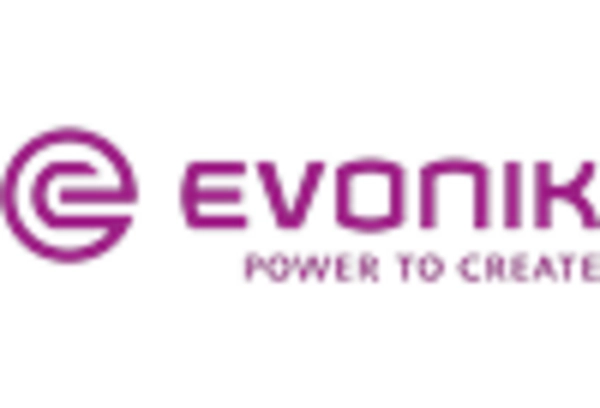
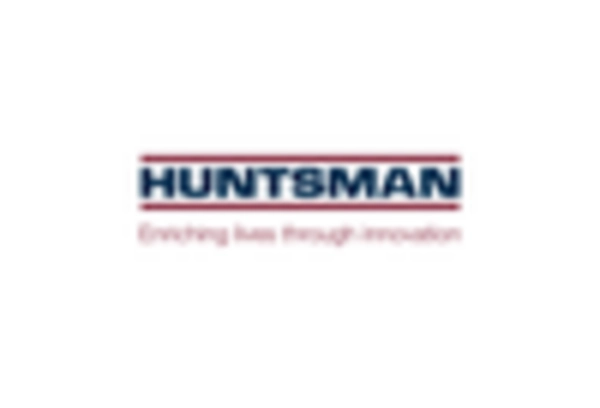
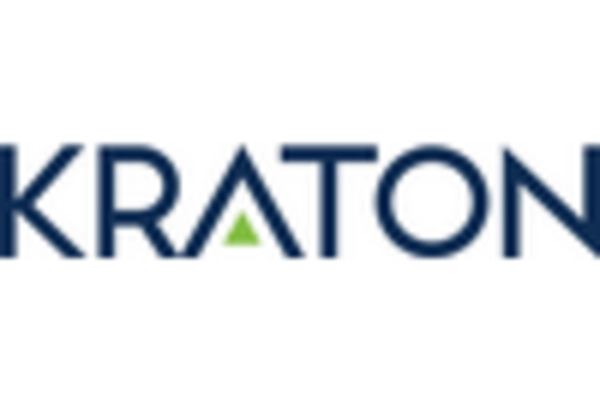
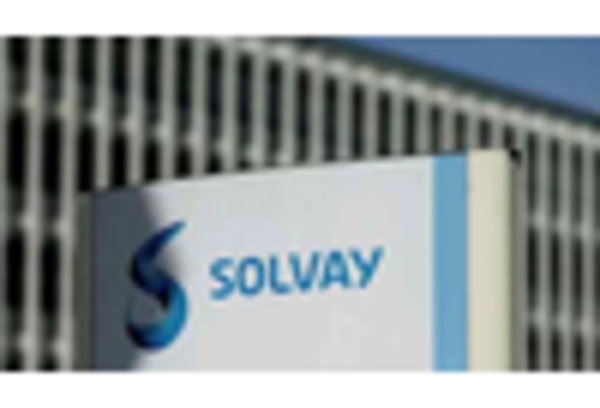








Leave a Comment